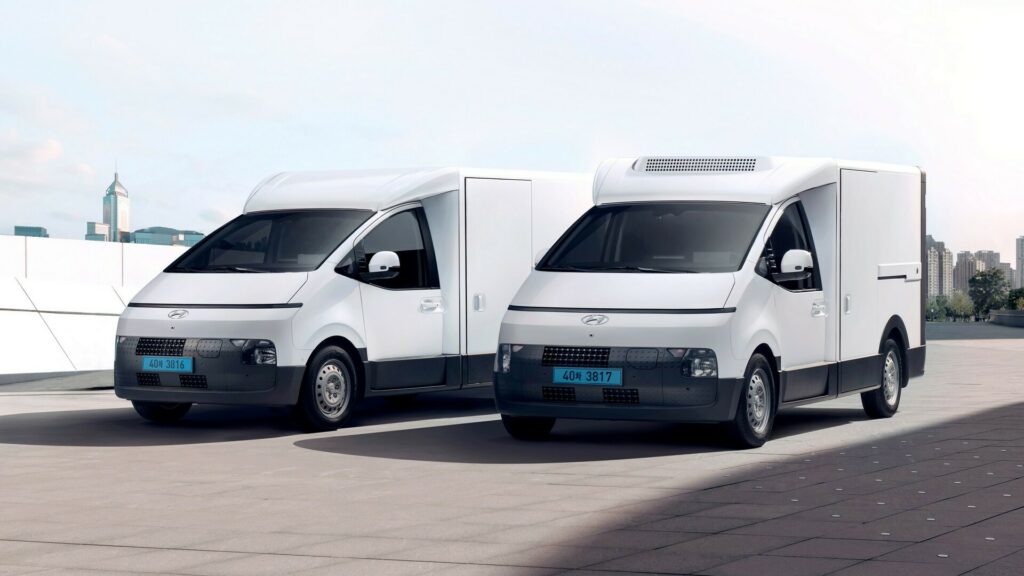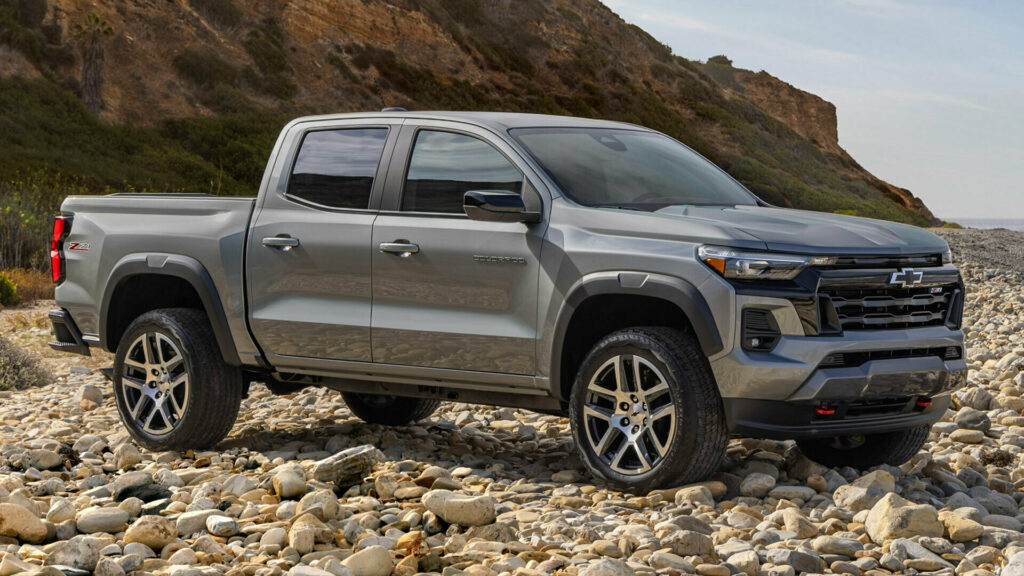Future Corvette Design Could Be Hiding In These New Concepts
- Chevy revealed the CX and CX.R Vision Gran Turismo hypercar design concepts.
- The Corvette CX is a 2,000 hp electric all-wheel drive hypercar with futuristic styling.
- CX.R adds a twin-turbo V8 and three motors in a race-focused performance package.
Chevrolet has trotted out a handful of Corvette concepts over the past few months and that continues today with the new CX and CX.R Vision Gran Turismo. They’re futuristic supercars that were created by the Chevrolet Performance Studio in Warren, Michigan.
Interestingly, Chevrolet emphasized that while the CX and CX.R are not bound for production, “the pair will serve as inspiration to inform Corvette design language for years to come“.
Unveiled at The Quail, the CX embraces “quintessential Corvette hallmarks” while pushing the car into radical new territory. It features an evolutionary front fascia with aggressive intakes and slender lighting units. They’re joined by sleek bodywork and pronounced wheel arches, which stand out as the car is less than 41 inches (1041 mm) tall.
More: New Corvette Concept Pushes C9 Into Radical New Territory Without A V8
Aerodynamics played a big role in the design and there are a couple of active components including the front diffuser and rear wing. Chevrolet also took a cue from the McMurtry Spéirling as the concept has built-in fans that “draw air through the open-channel bodywork, generating massive downforce and adjusting the airflow over the rear diffuser to refine aerodynamic balance in real-time.”
The jet-like canopy opens forward to reveal a minimalist cabin with Inferno Red sports seats wrapped in premium silicone leather. We can also see milled aluminum components and forged carbon fiber accents.
On the technology front, the Corvette CX has a motorsport-inspired steering wheel with an integrated display. Chevrolet said it’s used to operate all major controls and keep the driver’s focus on the road ahead. Aiding in this is a ‘digital windscreen,’ which apparently acts as a massive heads-up display.
Since we’re in fantasy land, Chevrolet said the car features four electric motors that generate a combined output in excess of 2,000 hp (1,491 kW / 2,028 PS). They’re powered by a 90 kWh lithium-ion battery and give the concept four-wheel torque vectoring.
Corvette CX.R Vision Gran Turismo
The Corvette CX.R Vision Gran Turismo follows in the footsteps of the standard CX, but was designed for racing. As a result, it wears a black and yellow livery as well as a more extreme aero package.
The changes immediately stand out as we can see a larger front splitter, revised intakes, and sportier side skirts. They’re joined by a fixed rear wing and a ventilated engine cover.
Drivers will find a lightweight carbon fiber dashboard and purpose-built seats wrapped in suede. The cabin also has a revamped steering wheel and yellow accents.
Chevrolet envisions the race car would use a twin-turbo 2.0-liter V8 engine that runs on e-fuel and produces 900 hp (671 kW / 913 PS). It’s connected to an eight-speed dual-clutch transmission, which sends power to the rear wheels.
The car has also been outfitted with three electric motors as there’s one for each front wheel as well as a third in the aforementioned gearbox. The company said this would provide “instant torque” as well as a combined output of 2,000 hp (1,491 kW / 2,028 PS).
Both cars will come to Gran Turismo 7 later this month as Chevrolet worked with Polyphony Digital to incorporate them into the iconic racing game.



























